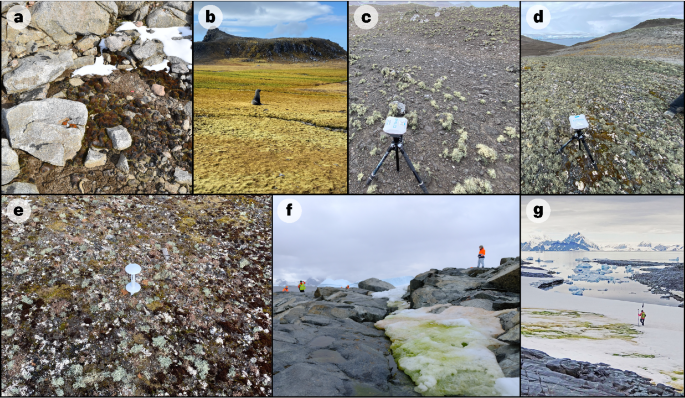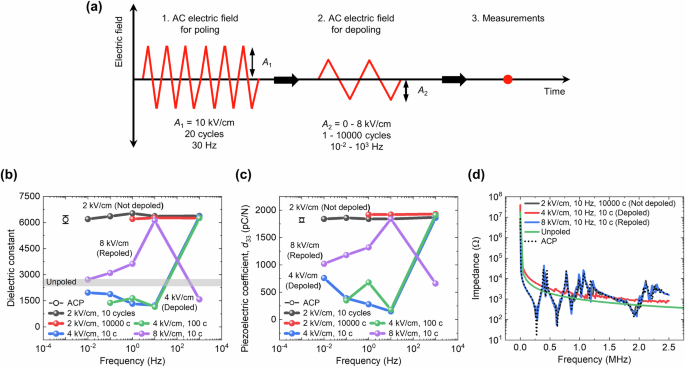2024-08-06 インペリアル・カレッジ・ロンドン(ICL)
「People and Nature」に掲載された研究は、農家、科学者、自然保護活動家が共同管理した4年間のアナグマ予防接種プログラムの成果を報告しています。研究結果によると、対象地域で結核菌検査陽性のアナグマの割合が16%から0%に減少し、農家はこの対策に対する意欲を高めました。プロジェクトはコーンウォールの農家によって始められ、ZSLとコーンウォール野生動物保護協会が実施し、インペリアル・カレッジ・ロンドンの研究者も参加しました。予防接種は実用的で費用対効果が高く、74%のアナグマがワクチンを受けました。農家の満足度も高く、政府にさらなる評価と拡大を求めています。
<関連情報>
- https://www.imperial.ac.uk/news/255313/farmer-led-badger-vaccination-could-revolutionise-mission/
- https://besjournals.onlinelibrary.wiley.com/doi/10.1002/pan3.10691
コーンウォールにおける農家主導のアナグマワクチン接種: 疫学的パターンと社会的視点 Farmer-led badger vaccination in Cornwall: Epidemiological patterns and social perspectives
Rosie Woodroffe, Kelly Astley, Rose Barnecut, Peter N. M. Brotherton, Christl A. Donnelly, Henry M. J. Grub, Cally Ham, Caroline Howe, Chris Jones, Cheryl Marriott …
People and Nature Published: 05 August 2024
DOI:https://doi.org/10.1002/pan3.10691

Abstract
- In the United Kingdom, the management of bovine tuberculosis (bTB) challenges the coexistence of people and wildlife. Control of this cattle disease is hindered by transmission of its causative agent, Mycobacterium bovis, between cattle and badgers Meles meles.
- Badger culling has formed an element of bTB control policy for decades, but current government policy envisions expanding badger vaccination. Farming leaders are sceptical, citing concerns that badger vaccination would be impractical and potentially ineffective.
- We report on a 4-year badger vaccination initiative in an 11 km2 area which, atypically, was initiated by local farmers, delivered by scientists and conservationists, and co-funded by all three. Participating landholders cited controversies around culling and a desire to support neighbours as their primary reasons for adopting vaccination.
- The number of badgers vaccinated per km2 (5.6 km-2 in 2019) exceeded the number culled on nearby land (2.9 km-2 in 2019), and the estimated proportion vaccinated (74%, 95% confidence interval [CI] 40%–137%) exceeded the 30% threshold predicted by models to be necessary to control M. bovis. Farmers were content with how vaccination was delivered, and felt that it built trust with wildlife professionals.
- The percentage of badgers testing positive for M. bovis declined from 16.0% (95% CI 4.5%–36.1%) at the start of vaccination to 0% (95% CI 0%–9.7%) in the final year. With neither replication nor unvaccinated controls, this small-scale case study does not demonstrate a causal link between badger vaccination and bTB epidemiology, but it does suggest that larger-scale evaluation of badger vaccination would be warranted.
- Farmers reported that their enthusiasm for badger vaccination had increased after participating for 4 years. They considered vaccination to have been effective, and good value for money, and wished to continue with it.
- Synthesis and applications: Although small-scale, this case study suggests that badger vaccination can be a technically effective and socially acceptable component of bTB control. A wider rollout of badger vaccination is more likely if it is led by the farming community, rather than by conservationists or government, and is combined with scientific monitoring.
Read the free Plain Language Summary for this article on the Journal blog.



